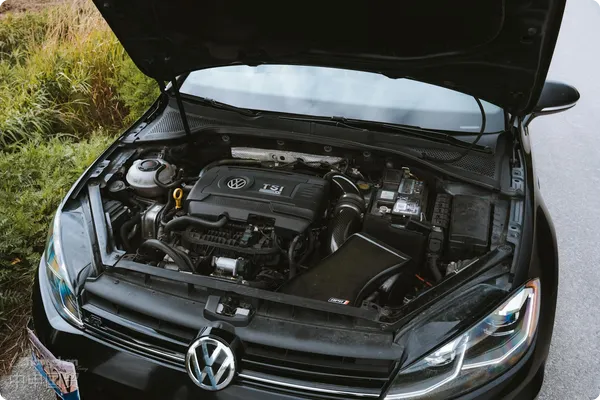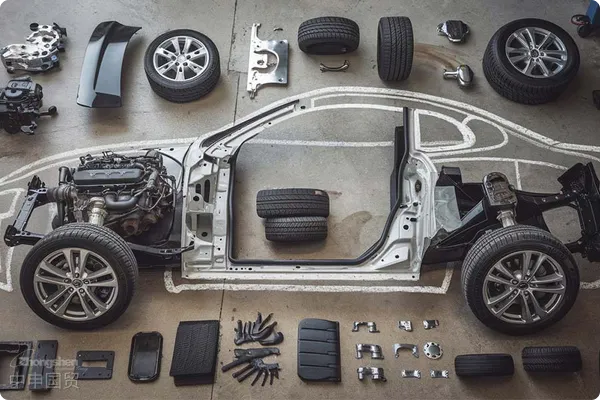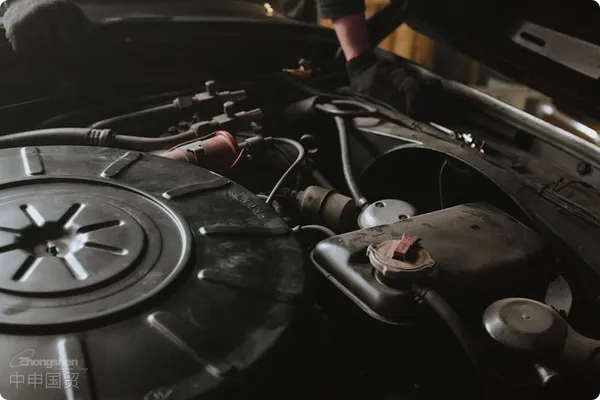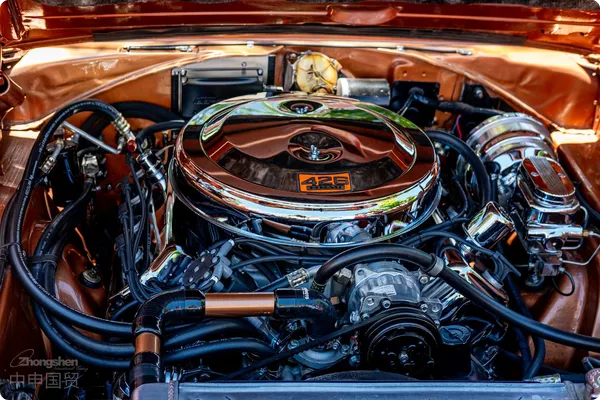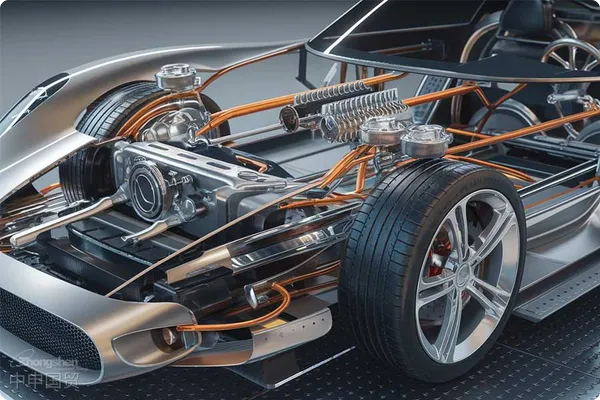- Shanghai Zhongshen International Trade Co., Ltd. - Two decades of trade agency expertise.
- Service Hotline: 139 1787 2118
I. UN Code Classification for Lithium Battery Packs Used in Electric Vehicles
Lithium batteries, due to their characteristics and the amount of energy they store, are considered potentially hazardous during transportation. To ensure their safe transport globally, internationalMaritime Transportationorganizations have established a standardized classification system known as UN Codes. Below is a detailed explanation of the UN Code classification for lithium battery packs and their combined equipment used in electric vehicles:
According to the International Maritime Dangerous Goods Code, lithium battery packs for electric vehicles and their combined equipment are classified into different categories. These classifications are primarily based on how the batteries and the vehicle or equipment are assembled.
1、UN代碼:UN3091
Description: This classification specifically refers to lithium metal batteries that are already installed in equipment or packed with equipment. Lithium metal batteries are non-rechargeable batteries that use lithium or lithium alloys as anode materials.
2、UN代碼:UN3481
Description: Lithium-ion batteries are rechargeable batteries that, in this case, are either already installed in equipment or packed with equipment. They operate by moving lithium ions between electrodes.
3、UN代碼:UN3171
Description: This classification covers various vehicles or equipment powered by batteries, such as unicycles, electric balance bikes, electric scooters, electric bicycles, etc. These devices use lithium batteries as their primary energy source.
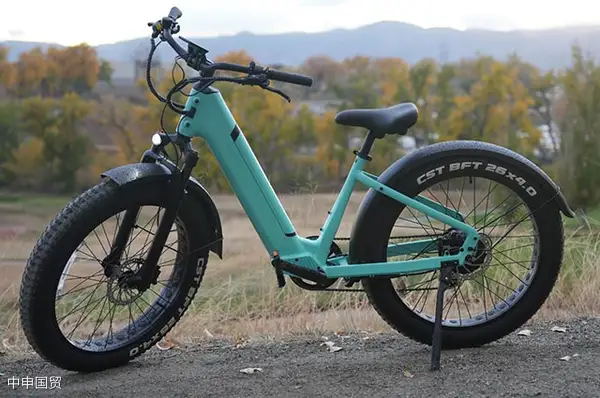
II. Packaging and Use Identification Declaration for Exporting Lithium Batteries
Lithium batteries in electric bicycles are classified as dangerous goods due to their unique chemical properties. To ensure the safety of such products during transportation and storage, China has implemented strict regulations on their export. The following provides detailed instructions on the declaration for the use appraisal of lithium battery packaging in electric bicycle exports:
(1) Legal Background
According to the Law of the Peoples Republic of China on Commodity Inspection, lithium - ion batteries for export need to use packaging containers that have passed performance inspection:import and exportArticle 17 of the Commodity Inspection Law and Article 29 of the Implementing Regulations of the Peoples Republic of China on Import and Export Commodity Inspection stipulate that manufacturers exporting products containing lithium batteries (such as electric bicycles) must submit a use appraisal of dangerous goods packaging containers to customs. Dangerous goods in packaging containers that have not undergone appraisal or fail the appraisal are prohibited from export.
(2) Required Materials for Declaration
To apply for the use appraisal of dangerous goods packaging containers, manufacturers need to prepare the following materials:
Application Form for Inspection of Packaging for Import and Export Goods:This is a standard application form that requires relevant product information, manufacturer details, and exporter information.
Inspection Result Sheet for Packaging Performance of Import and Export Goods:This document certifies that the packaging containers have passed performance tests and meet requirements.
Factory Inspection Compliance Certificate:This document is provided by the manufacturer, certifying that the products have passed internal quality inspections before leaving the factory.
Classification and Identification Report on Hazardous Characteristics of Export Dangerous Goods or Transport Condition Assessment Report:These reports describe the characteristics of the goods, such as whether they are flammable, explosive, or pose other potential risks, as well as the conditions the goods may encounter during transportation.
(3) Declaration Process
Submission of Declaration Materials:Manufacturers must first submit the above materials to the local customs.
Appraisal Review:Customs will review the submitted materials to ensure all information is accurate and complete.
On-Site Inspection:In some cases, customs may require an on-site inspection of the manufacturer to ensure their production and packaging processes comply with requirements.
Obtaining Appraisal Results:If all materials and processes meet requirements, the manufacturer will receive a compliance certificate, allowing them to use these packaging containers to export goods containing lithium batteries.
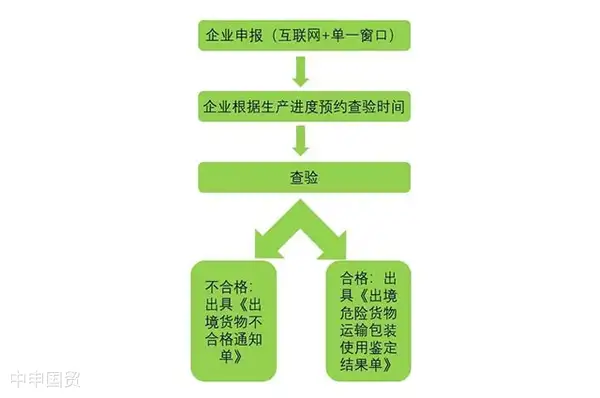
III. Electric Bicycle Standards in China
The national standard Safety Technical Specifications for Electric Bicycles defines the requirements for electric bicycles. Among them, electric bicycles must have pedal-riding capability and electric drive or/and electric assist functions, with a maximum speed not exceeding 25 km/h under electric drive. Additionally, starting from July 1, 2023, the new standards Safety Technical Requirements for Chargers of Electric Bicycles and Helmets for Motorcycle and Electric Bicycle Riders will officially come into effect.
IV. Electric Bicycle Standards in Target Export Countries/Regions
Before entering overseas markets, electric bicycles must comply with specific standards and certification requirements of the target market. For example, electric bicycles exported to the EU require CE certification, which must meet the EPAC/EN15194 standard. Furthermore, electric bicycles exported to the U.S. may need a UL test report, with the updated UL 2272 standard applicable to all electric balance bikes and other personal electric mobility devices.
By understanding and adhering to the above guidelines and standards, electric bicycle manufacturers and exporters can ensure their products meet the quality and safety requirements of target markets, thereby achieving success in the global market.
Related Recommendations
Contact Form
? 2025. All Rights Reserved. 滬ICP備2023007705號-2  PSB Record: Shanghai No.31011502009912
PSB Record: Shanghai No.31011502009912
